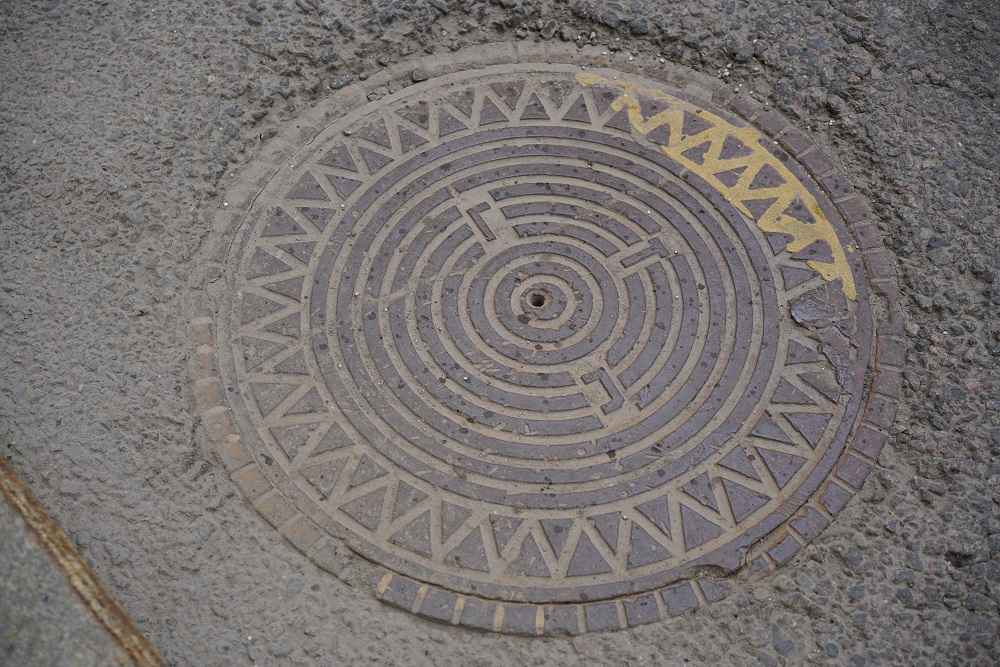A central sewage system is a critical component of modern urban infrastructure designed to collect, transport, and treat wastewater from residential, commercial, and industrial sources. This article explores the key elements of central sewage systems, their functions, benefits, and challenges.
Components of a Central Sewage System
A central sewage system consists of several interconnected components that work together to manage wastewater effectively. The primary elements include:
1. Collection Network
The collection network comprises a network of underground pipes that collect wastewater from individual properties and transport it to treatment facilities. These pipes, typically made of durable materials like PVC or concrete, are laid out in a grid pattern to cover the entire urban area.
2. Pumping Stations
In areas where the terrain does not allow for gravity flow, pumping stations are installed to lift the wastewater to higher elevations. These stations house pumps that provide the necessary pressure to move the wastewater through the pipes to the treatment plant.
3. Treatment Plant
At the treatment plant, wastewater undergoes a series of physical, chemical, and biological processes to remove contaminants and pollutants. Treatment processes may include screening, sedimentation, biological digestion, and disinfection. The treated water is then discharged into receiving water bodies or reused for non-potable purposes.
Functions of a Central Sewage System
The central sewage system serves several essential functions in urban areas:
1. Public Health Protection
By removing wastewater from homes and businesses, the sewage system helps prevent the spread of waterborne diseases and protects public health. Proper treatment of wastewater at treatment plants ensures that harmful pathogens and pollutants are removed before discharge.
2. Environmental Protection
Central sewage systems play a crucial role in protecting the environment by preventing the pollution of water bodies. Treatment processes remove pollutants such as heavy metals, nutrients, and organic compounds, reducing the impact of wastewater on aquatic ecosystems.
3. Resource Recovery
Some central sewage systems incorporate resource recovery technologies to extract valuable resources from wastewater. For example, biogas produced during the treatment process can be captured and used as a renewable energy source for power generation or heating.
Benefits of Central Sewage Systems
Central sewage systems offer several benefits compared to decentralized wastewater treatment systems:
1. Economies of Scale
Centralized systems can serve large populations more efficiently than decentralized systems, leading to lower overall costs per capita. The centralized management of infrastructure also simplifies maintenance and operation tasks.
2. Enhanced Treatment
Treatment plants in central sewage systems can employ advanced treatment technologies and processes that may not be feasible in smaller decentralized systems. This allows for more effective removal of pollutants and contaminants from wastewater.
3. Space Efficiency
Central sewage systems require less land area compared to decentralized systems, as treatment facilities can be located in centralized locations. This is particularly advantageous in densely populated urban areas where land is limited and expensive.
Challenges and Considerations
Despite their benefits, central sewage systems also face several challenges:
1. Aging Infrastructure
Many central sewage systems worldwide were built decades ago and are approaching the end of their service life. Aging infrastructure poses challenges in terms of maintenance, rehabilitation, and replacement, requiring significant investments to ensure continued operation.
2. Combined Sewer Overflows
In older cities with combined sewer systems, heavy rainfall can overwhelm the capacity of the system, leading to combined sewer overflows (CSOs). CSOs discharge untreated sewage and stormwater directly into water bodies, posing risks to public health and the environment.
3. Energy Consumption
Central sewage systems require energy to operate pumping stations and treatment facilities, contributing to greenhouse gas emissions and operating costs. Implementing energy-efficient technologies and renewable energy sources can help mitigate these impacts.
Future Perspectives
The future of central sewage systems lies in innovation and sustainability. Advances in treatment technologies, such as membrane bioreactors and nutrient recovery systems, offer opportunities to improve treatment efficiency and resource recovery. Additionally, the integration of smart sensors and data analytics can enhance system monitoring and optimization, reducing operational costs and environmental impacts.
In conclusion, central sewage systems are essential infrastructure components that play a vital role in protecting public health, preserving the environment, and promoting sustainable development in urban areas. Despite facing challenges, continued investment in maintenance, upgrades, and innovation is necessary to ensure the long-term viability and effectiveness of these systems.


